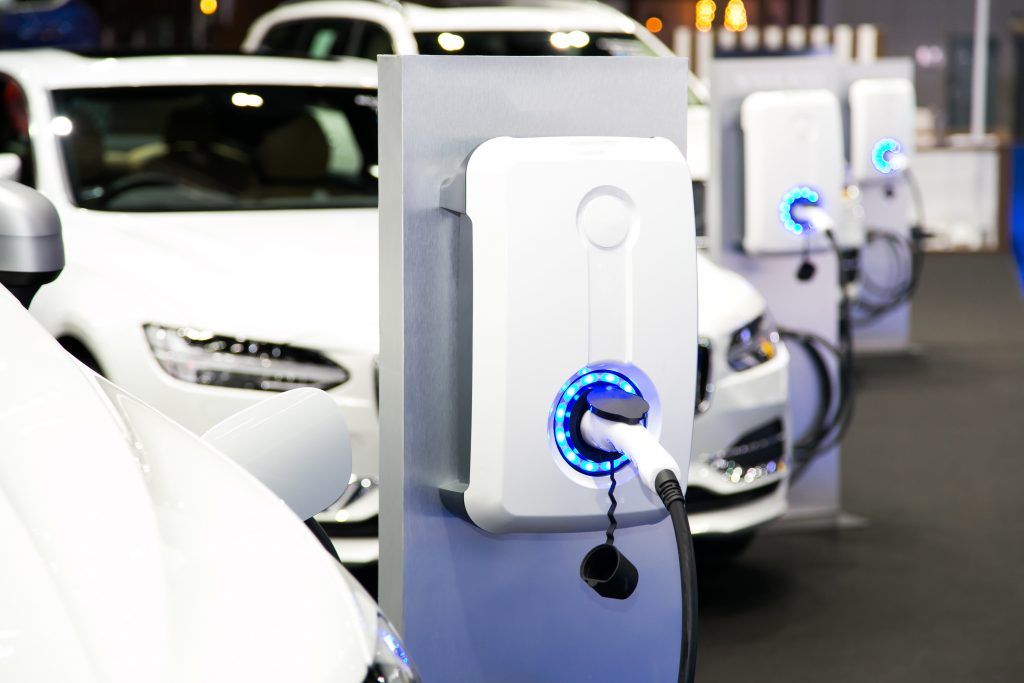The charging power requested by an electric vehicle (EV) at the start of a charging session can be over 10 times greater than by the end. As electric vehicle (EV) usage increases, the need for chargers to flexibly change the charging power provided during charging sessions is evident. Kempower’s UK & Ireland Sales Manager, Joseph Moore, explains why dynamic charging is the most optimum way for charging operators to offer EV charging and for EV drivers to charge.
Dynamic charging enables charge point operators to install more charging points in the same area than they would be able to if the charging was static. For charging site operators, this means that a larger proportion of the kilowatts they purchase are used, while the charging capacity ratio is better than is possible with single chargers. Ultimately, this will enable more customers to use the charging points, resulting in a quicker return on investment.
With dynamic charging, charging operators do not need to invest in the charging capacity required on the busiest days of the year. Instead, the charging capacity needed at one charging station can be evaluated to serve an adequate power level for several EVs most of the time. For example, imagine a charging station designed for eight EVs. While the vehicles will not receive the maximum power they simultaneously require, they will always receive enough power to maintain a smooth and fast charging session.
Dynamic charging also enables priority charging. Priority is defined differently depending on the area. In cities, it can be determined by vehicle category – electric buses’ importance may trump taxis, which in turn is higher than passenger vehicles, and so on. Another way to determine priority is via the first-in, first-out (FIFO) model, which is usually intended for fleets. FIFO ensures that each vehicle gets a full charge as quickly as possible, based on when it is plugged in. The commonality between these priority models is that the charging system automatically controls the priority factor.
For charge point operators, offering dynamic DC charging at sites with multiple charging stations is no longer a nice add-on but a necessity. Doing so will ensure they can provide a smooth service to EV drivers, avoiding queues and enabling customers to continue their journeys as quickly as possible.
What are the benefits of dynamic EV charging for electric car drivers?
Dynamic charging makes it easier to install multiple charging points in a single location and to have charging areas with several charging stations and outputs.
By using dynamic charging, the power released from the charging session of one EV can be transferred to another. This transfer is made simultaneously as the first car asks for less and less power towards the end of its charging session. The queue order is set by which EV is plugged into the charger first. The system automatically knows in which order the released power should be distributed to all charging vehicles.
Imagine an EV asking for 75kW at the beginning of a charging session. Once the car reaches 80% of its battery capacity, the charging power requested will drop below 75kw. In a dynamic charging scenario, this released power is transferred to the next EV in line as quickly and seamlessly as possible. At Kempower, the power supplies of our charging solutions are 25kw in size, as we believe this is a suitable resolution step for dynamic charging. With bigger power supplies, the dynamic charging would not be as smooth, and the EVs queuing for charge would need to wait longer.
In conclusion, dynamic charging offers benefits to all. It improves user experience by eliminating queues and helps site owners financially by increasing their charging site’s return on investment. In a growing EV market, dynamic charging is no longer a nice-to-have but a necessity.
Image courtesy of Kempower.








